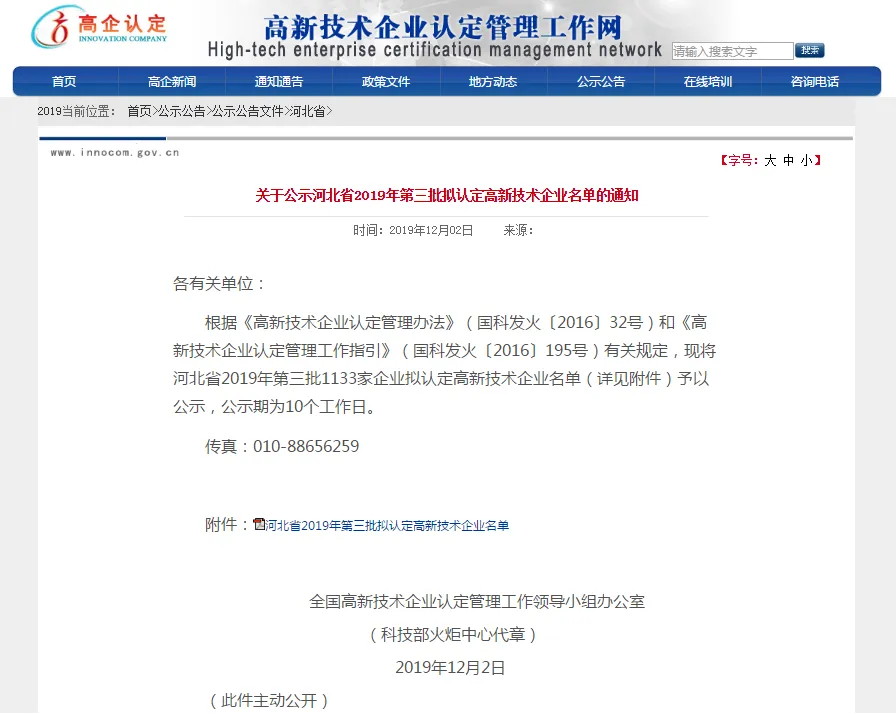Additionally, maintain regular follow-up appointments with your veterinarian to ensure proper healing and to remove any stitches when needed.






